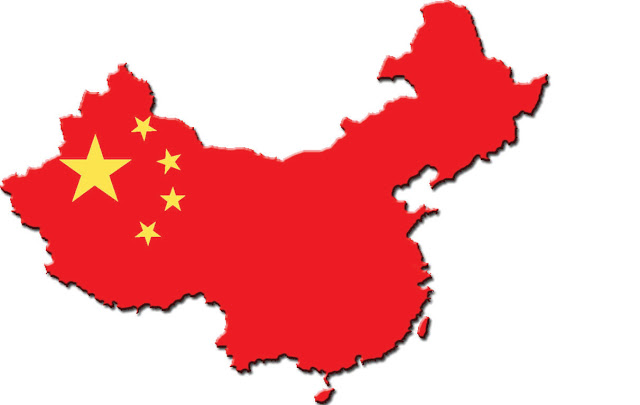Here’s the best way to approach China’s gross domestic product figures: ignore them. Things in the world’s second-biggest economy are much worse than they appear.

Even if we take the 7.5 per cent April-June growth rate at face value, its components suggest a more ominous scenario. Industrial production, for example, rose just 8.9 percent in June compared with May’s 9.2 percent gain. For an export-addicted, developing economy, those are anemic increases. It doesn’t take a vivid imagination to see how that will crimp consumption and income growth in the second half of 2013.
But what’s really at issue here is an unhealthy obsession with GDP numbers that tell us very little. What difference does it make if Beijing says it’s growing 7.7 percent or 7.5 percent or 7 percent? China’s level of output at the moment is certainly lower than any of these numbers. Just ask the factory-floor workers, steel-mill managers or electricity providers who are coping with the realities of fast-slowing Chinese demand.
Even in the best of times, China’s data can be about as accurate as tossing a dart at a chart on the wall. It’s a structurally imbalanced economy distorted by top-down policies and considerable “gray activities” that are hard to measure, not least of which is the sprawling shadow-banking sector on which the central bank has been clamping down. There also are daunting scale issues. With modest resources, Chinese officials sitting in a room need to condense and capture the activities of almost 1.4 billion people at many levels of poverty, prosperity and urbanization over three months or 365 days. Then, they are expected to come up with a single figure that news agencies can headline and traders can react to.
On top of the many moving parts, statistical margins of error and incentives for fudging and manipulating data, consider how stage-managed Chinese data are becoming. Finance Minister Lou Jiwei told reporters in Washington last week that he expected growth to slow to 7 percent this year, below the official target of 7.5 percent. State-run media quickly whitewashed the record, updating stories to show that he had, in fact, said 7.5 percent.
What markets should be focusing on is the herculean task Premier Li Keqiang faces in improving the quality of growth and weaning China off its addictions to exports and overinvestment. Investors should be concerned by the bad-debt crisis festering out in the provinces, and the risks of social instability as growth wanes.
“Analysts, it seems to me, are assuming that China can start with a clean state and grow at a slower but healthier rate once it corrects its mistakes,” Michael Pettis, a finance professor at Peking University, wrote in a July 10 report. “All that piled up debt is simply ignored.”
China Exports Trouble
It’s also worth considering how destabilizing China’s downshift could be from Tokyo to Washington. Sliding Chinese growth is dismal news for Prime Minister Shinzo Abe’s drive to end Japan’s deflation. Abe had hoped to harness a big win for his party in Sunday’s Upper House elections to implement structural reforms. That becomes more complicated as economic headwinds from across the East China Sea intensify.
The White House won’t be happy either to see the world’s only major growth engine sputter. After finally responding to U.S. calls to let the yuan rise, China may feel compelled to devalue its currency anew, enraging U.S. lawmakers.
The great Chinese slowdown bulls claimed would never happen is unfolding before our eyes. Obsessing about every little 0.2 percentage point GDP difference in output distracts us from the real problem: a Chinese hard landing that may impossible to see until it’s too late.
